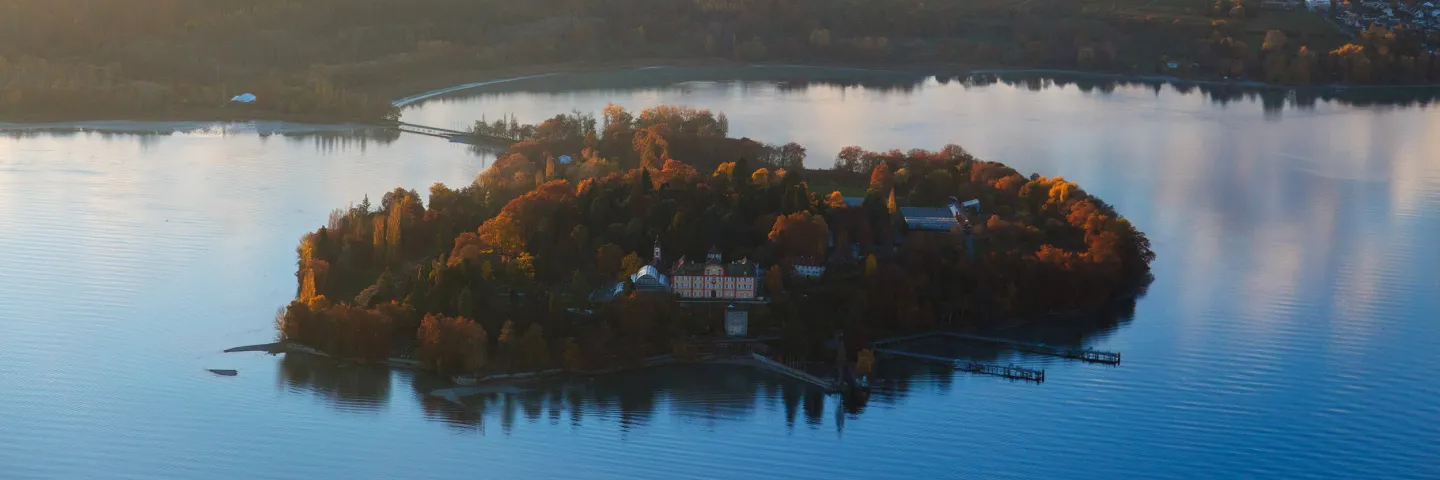
©
Insel Mainau / Achim Mende
Dieser Inhalt wurde nicht gefunden
Das kann folgende Gründe haben:
- Der Link ist veraltet und die gewünschte Seite wurde inzwischen entfernt oder umbenannt.
- Ihnen ist bei der Eingabe der Adresse im Browser ein Tippfehler unterlaufen.
- Sie haben einen Link in einer E-Mail angeklickt, der in Ihrem E-Mail-Programm mit einem Umbruch oder Leerzeichen abgeschnitten wurde.